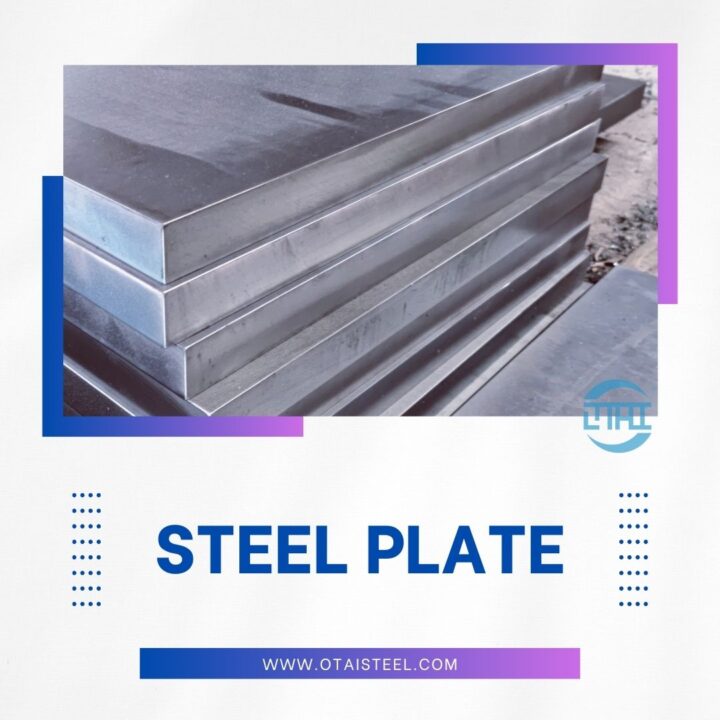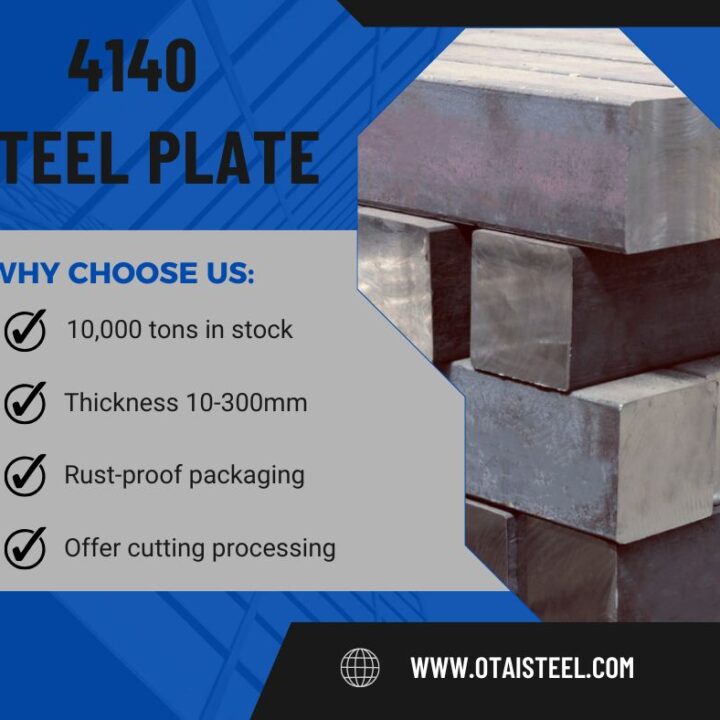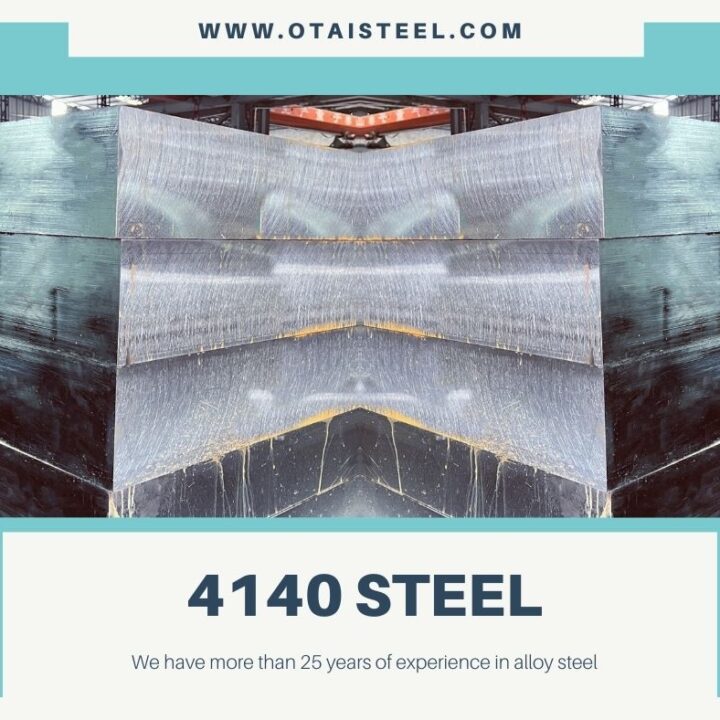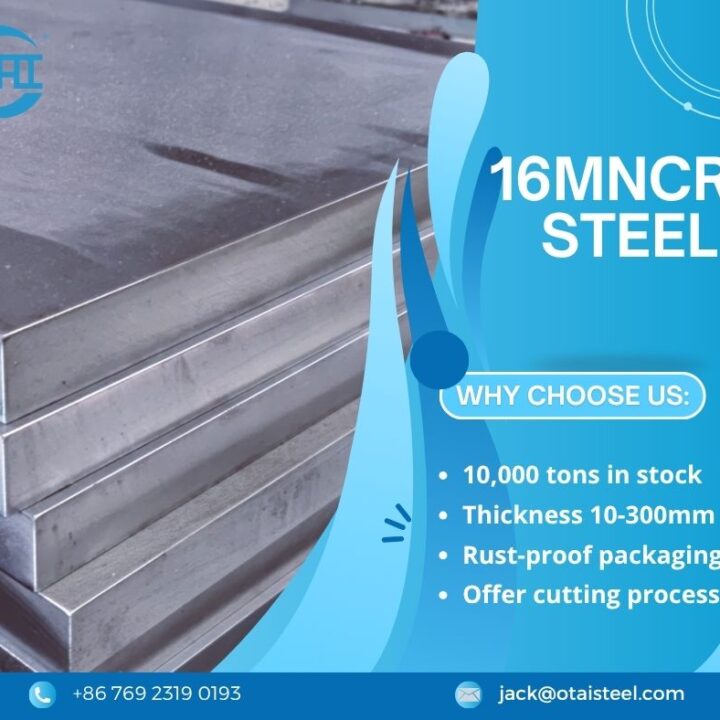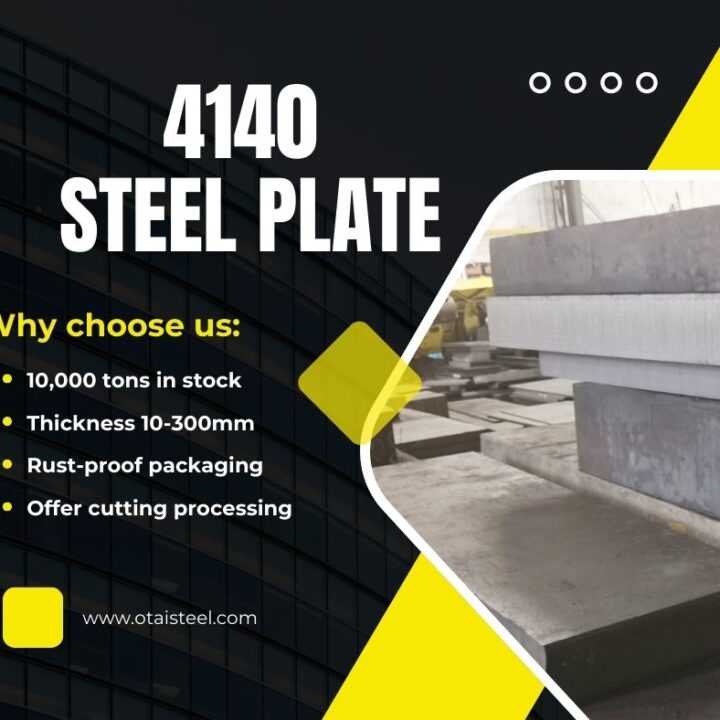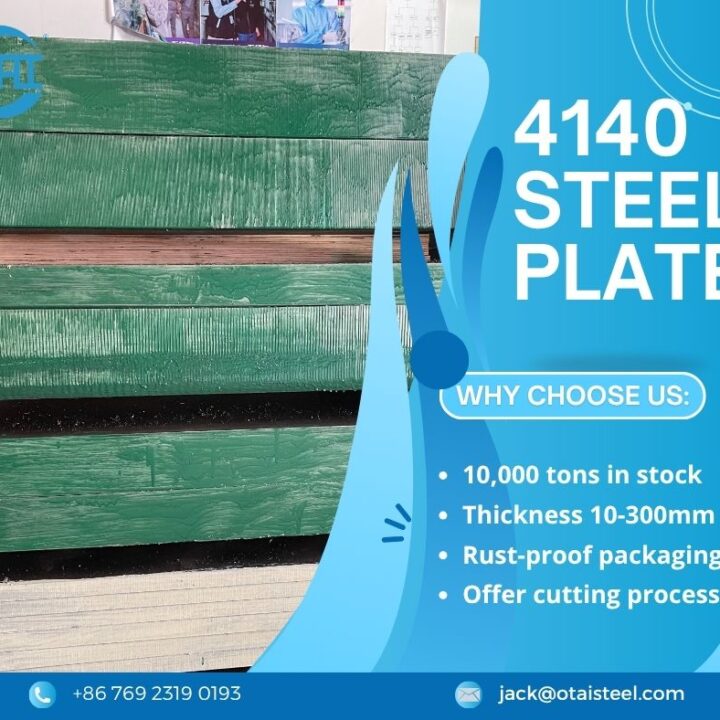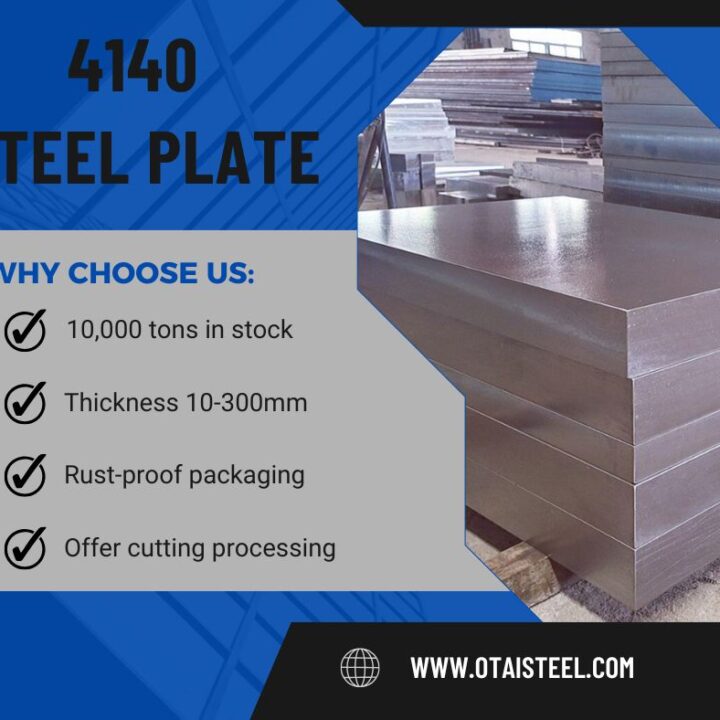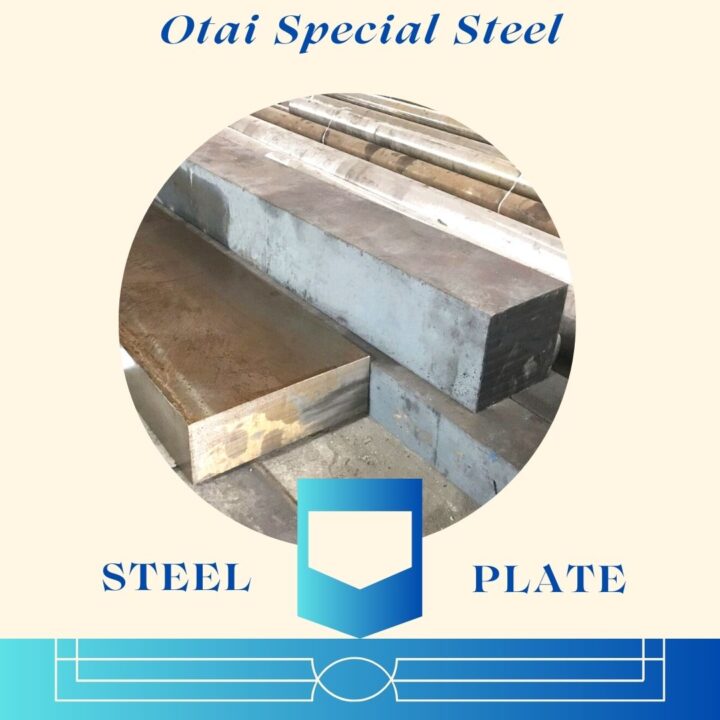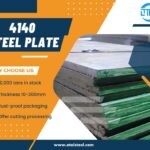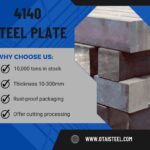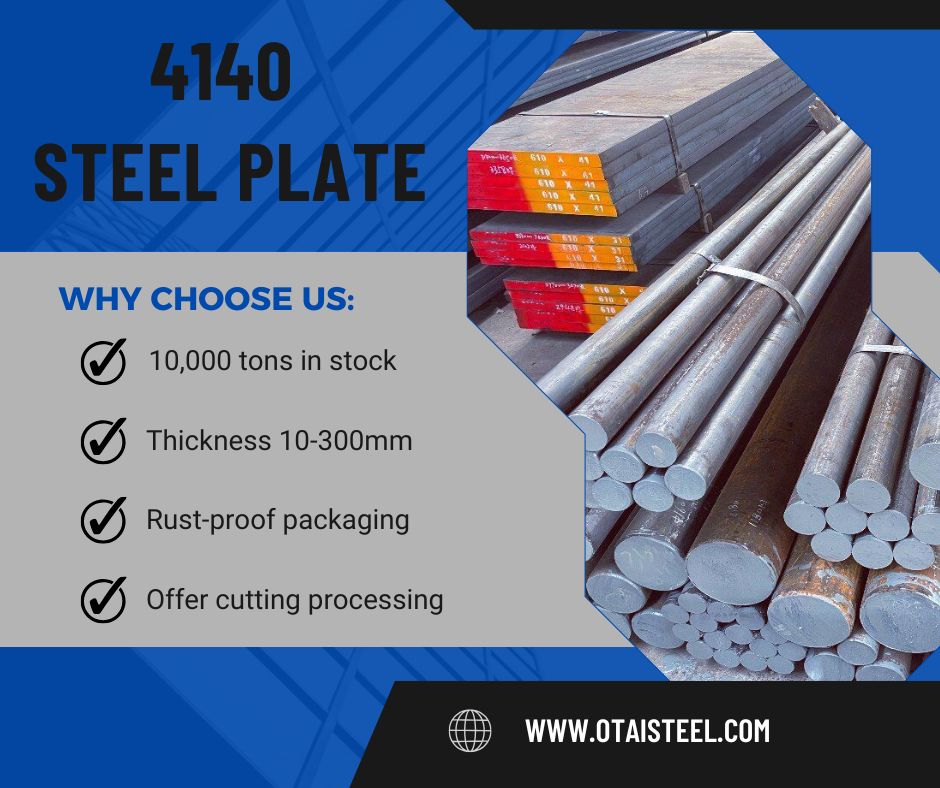 Forming 4140 Steel: About Its Behavior in Shaping Processes
Forming 4140 Steel: About Its Behavior in Shaping Processes
When it comes to shaping strong and durable alloy steels, forming 4140 steel presents both challenges and exciting opportunities. Whether you’re working in forging, bending, deep drawing, or precision part forming, 4140 alloy steel—known for its excellent toughness and wear resistance—offers significant benefits when formed correctly.
Let’s dive into everything you need to know about forming 4140 steel, including forming conditions, temperature considerations, mechanical behavior, and common industry applications.
🔧 What Is Forming 4140 Steel?
Forming 4140 steel refers to the mechanical process of reshaping this medium-carbon, chromium-molybdenum alloy into desired geometries. The process can involve hot or cold forming techniques depending on the application.
Since 4140 alloy steel has a higher tensile strength and hardness than low-carbon steels, it doesn’t form as easily at room temperature. In many cases, hot forming is preferred to prevent cracking and to reduce required force.
🌡️ Hot vs Cold Forming of 4140 Steel
| Forming Type | Recommended Temp Range (°C) | Notes |
|---|---|---|
| Hot Forming | 850–1150 °C | Preferred for complex shapes, improves formability and reduces cracks |
| Warm Forming | 400–700 °C | Used when cold forming is difficult but full hot working isn’t needed |
| Cold Forming | Room Temp (20–25 °C) | Only suitable for small deformations, risk of cracking if overworked |
🏗️ Key Mechanical Properties Relevant to Forming
| Property | Value (Annealed) | Value (Q&T at 32 HRC) | Notes |
|---|---|---|---|
| Yield Strength (MPa) | ~415 | ~655 | Higher yield strength increases forming resistance |
| Tensile Strength (MPa) | ~655 | ~850–1000 | Affects spring-back during bending |
| Elongation (%) | 20 | 12–15 | Lower elongation in hardened state = limited ductility |
| Hardness (HB) | ~197 | ~285–320 | High hardness increases die wear in cold forming |
🧪 Effects of Heat on Forming Behavior
One of the critical strategies in forming 4140 steel bar or plate is to preheat the material. Preheating between 850–1000°C softens the microstructure, especially when the steel is in the quenched and tempered (Q&T) condition.
-
In annealed condition, forming is easier due to higher ductility.
-
In Q&T condition, forming requires precise heat control and may benefit from post-forming stress relieving.
🧰 Common Forming Techniques for 4140 Steel
-
Hot Forging: Widely used in automotive and aerospace applications. Forging 4140 at high temperature yields strong, fatigue-resistant components.
-
Hot Bending: Effective for 4140 steel pipes and bars. Must be done above the recrystallization temperature.
-
Upset Forging: Great for short-length parts like gear blanks and bolts.
-
Cold Forming: Limited to light operations like swaging, coining, or pressing with lower deformation ratios.
🏭 Real-World Applications
4140 steel is a workhorse in industries that need formable yet tough materials:
-
Automotive: Axles, crankshafts, and suspension parts that undergo bending and forging
-
Oil & Gas: High-pressure fittings and forged rings using hot formed 4140 steel
-
Manufacturing: Shafts and tooling components that are machined after forming
-
Heavy Equipment: Structural supports and wear plates formed using heat-treated 4140 steel
📋 Chemical Composition of 4140 Steel
| Element | Content (%) |
|---|---|
| Carbon (C) | 0.38–0.43 |
| Manganese (Mn) | 0.75–1.00 |
| Chromium (Cr) | 0.80–1.10 |
| Molybdenum (Mo) | 0.15–0.25 |
| Silicon (Si) | 0.15–0.35 |
| Iron (Fe) | Balance |
This composition gives 4140 its well-known combination of strength and formability, particularly in industrial forming operations.
📎 Tips for Successful Forming of 4140 Steel
-
Always preheat for hot forming operations to reduce risk of cracking.
-
Use annealed 4140 steel for deep drawing or forming with high deformation ratios.
-
Lubrication is essential in cold forming to minimize die wear.
-
Post-forming stress relieving at 540–650°C is recommended to stabilize microstructure.
🌟 Why Choose Otai Special Steel?
At Otai Special Steel, we supply a wide range of 4140 steel products in multiple conditions (annealed, Q&T, normalized), tailored for forming, machining, or structural use. Our services include:
-
Over 10,000 tons in stock from 6mm to 300mm thick
-
Custom cutting, heat treatment, and packaging
-
Guaranteed quality via UT inspection, chemical analysis, and third-party testing
-
Export expertise trusted by firms like Thyssenkrupp and Schlumberger
-
Fast delivery and technical support worldwide
📧 Contact us: jack@otaisteel.com
📱 WhatsApp: +8676923190193
❓ FAQ
Q1: Can 4140 steel be cold formed without cracking?
A1: Only for minimal deformation and when annealed. Otherwise, hot forming is safer.
Q2: What’s the best condition for forming 4140 steel?
A2: The annealed condition offers the highest ductility and lowest forming resistance.
Q3: Do I need post-forming heat treatment?
A3: Yes, stress relieving is recommended after heavy deformation to improve stability.
Q4: Can I form 4140 after it’s hardened?
A4: It’s not recommended. Once hardened, forming is extremely difficult and risky.
Q5: Is forming better before or after heat treatment?
A5: Always form before final heat treatment for best results.
